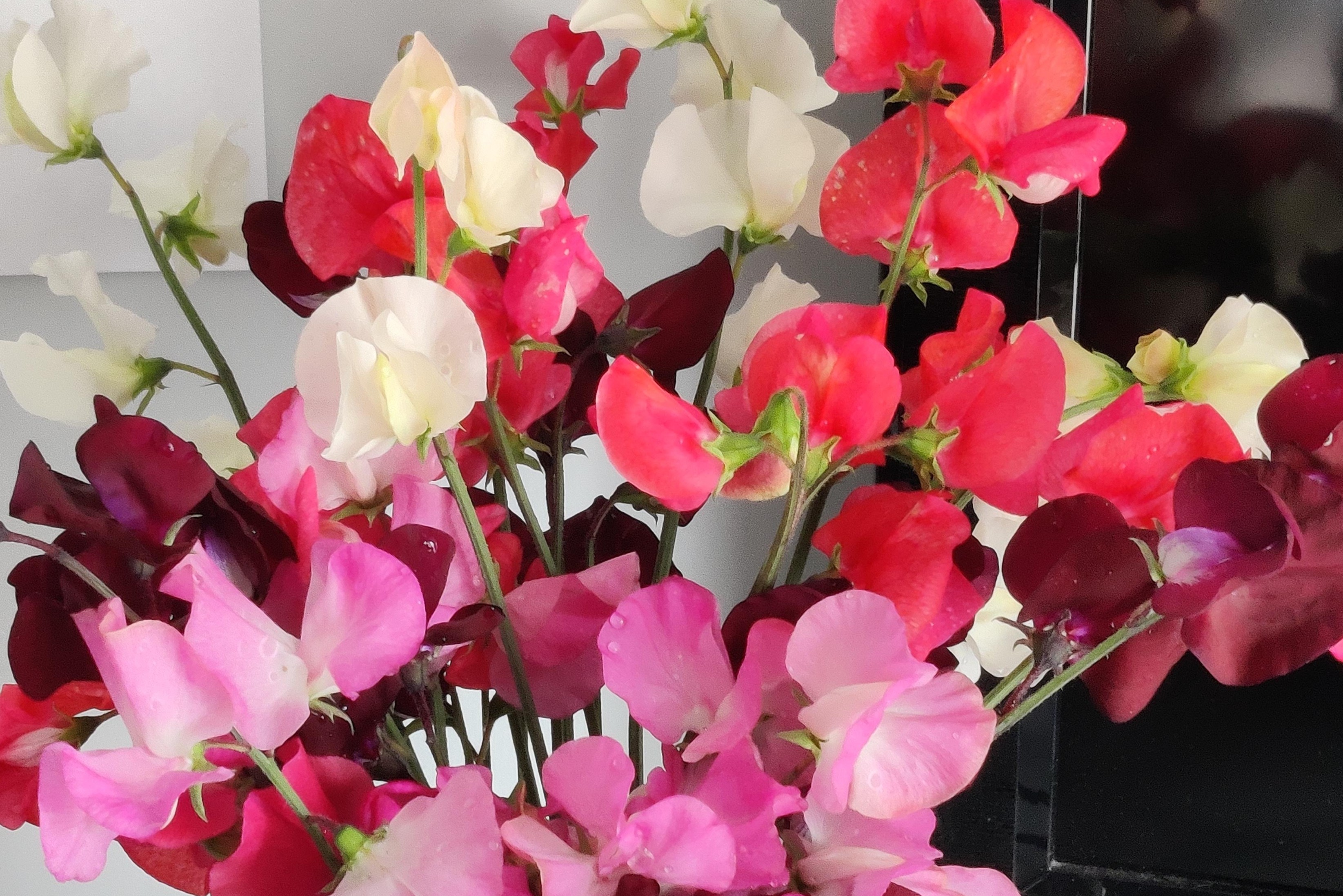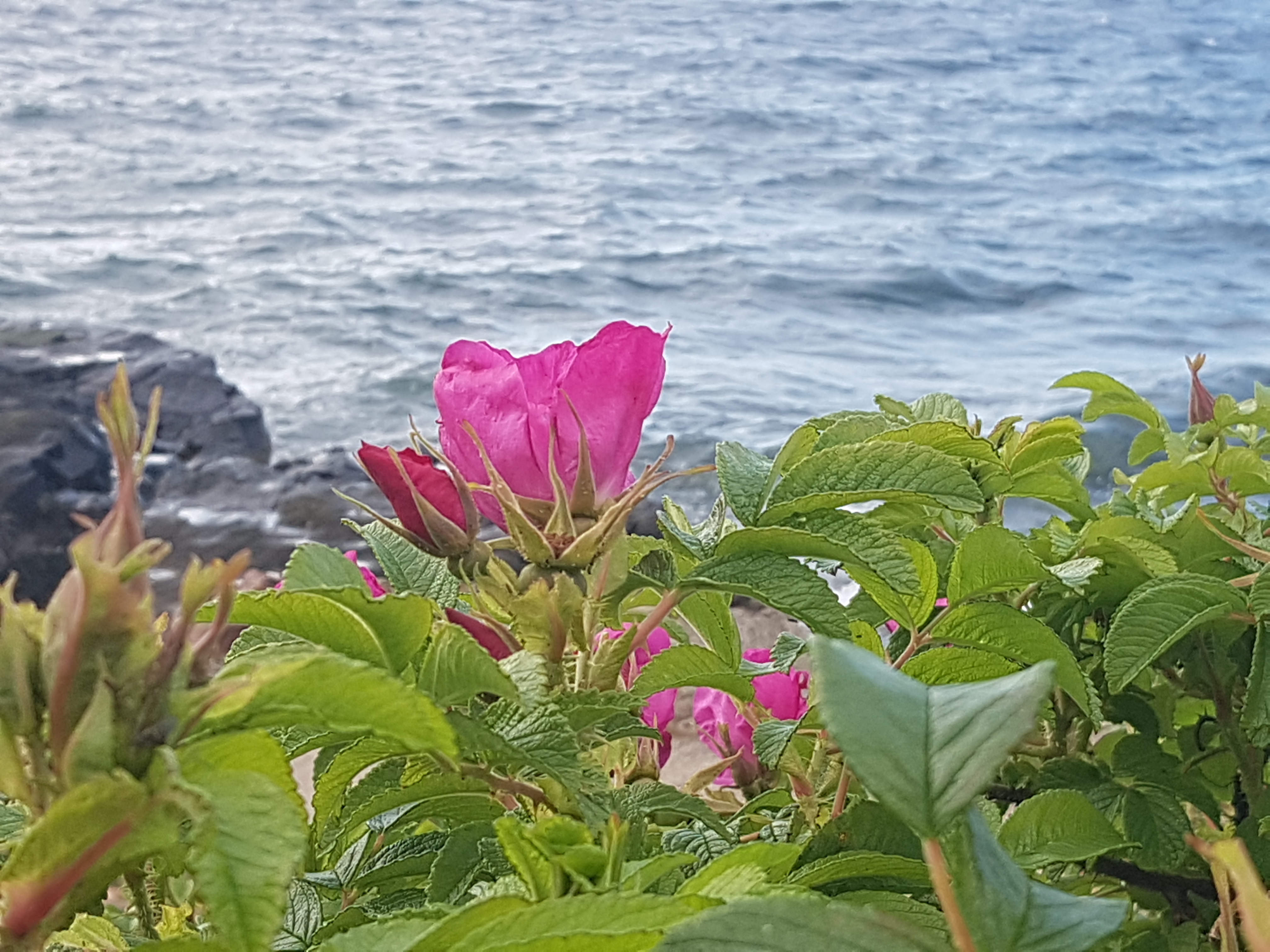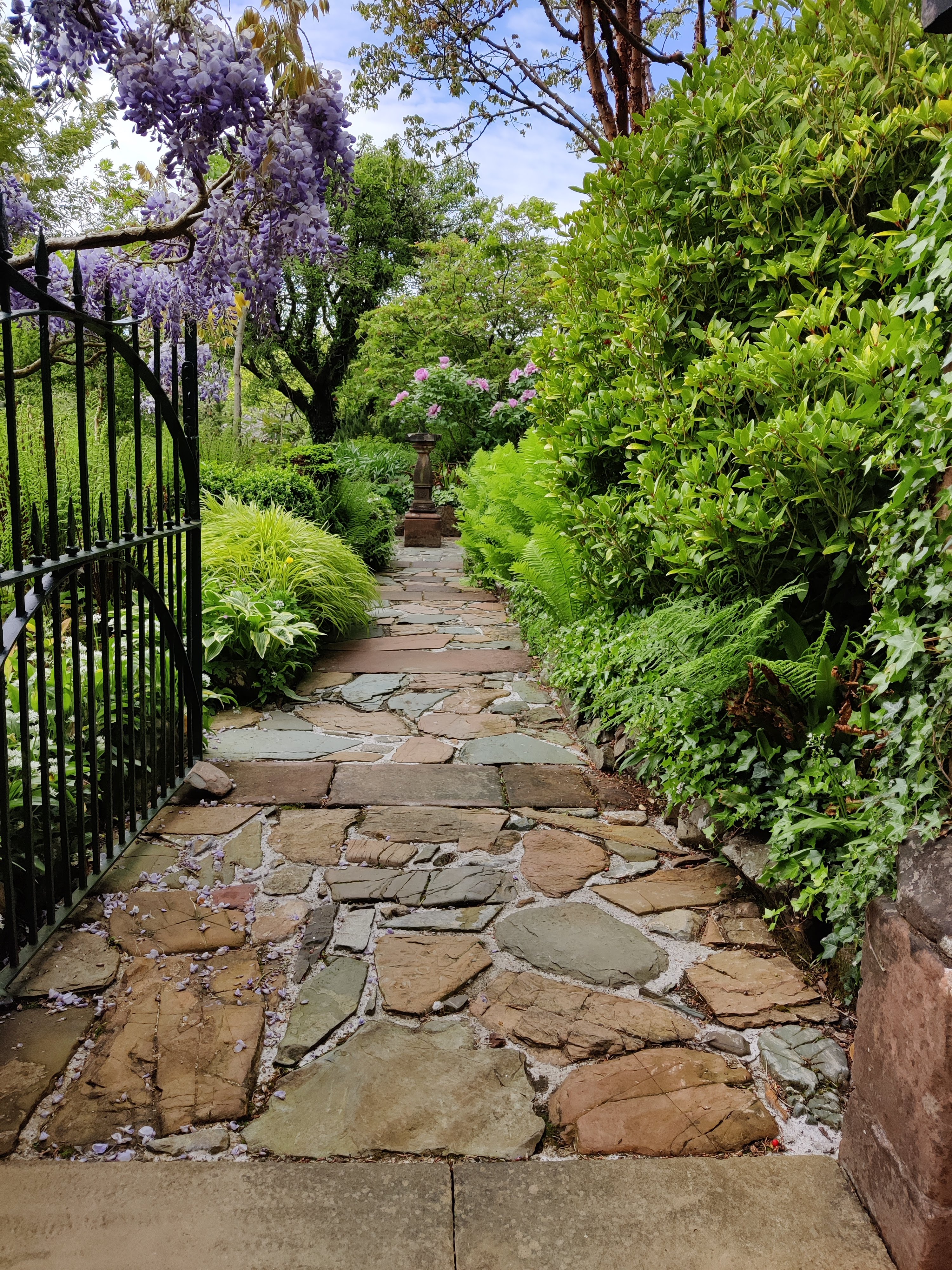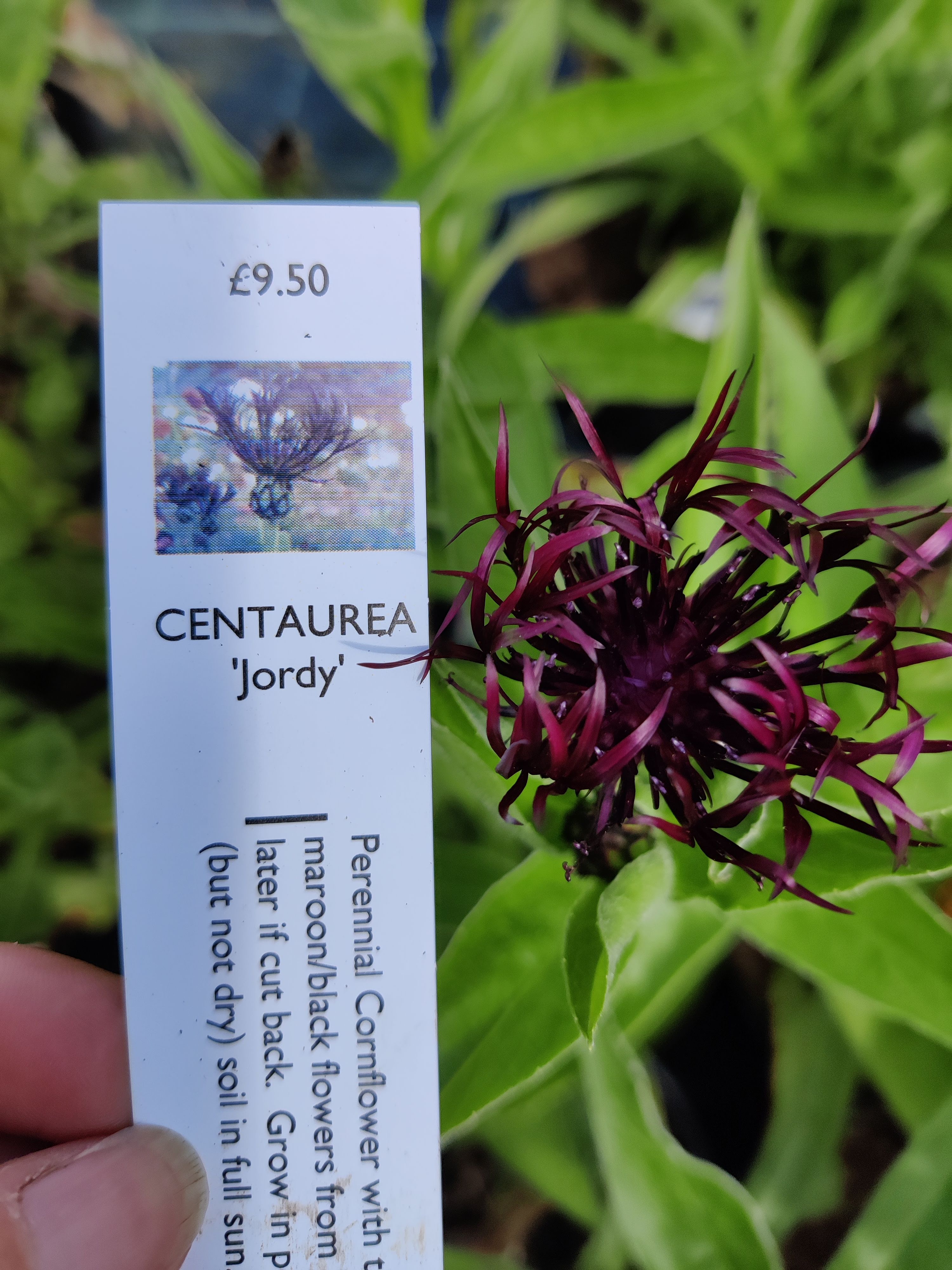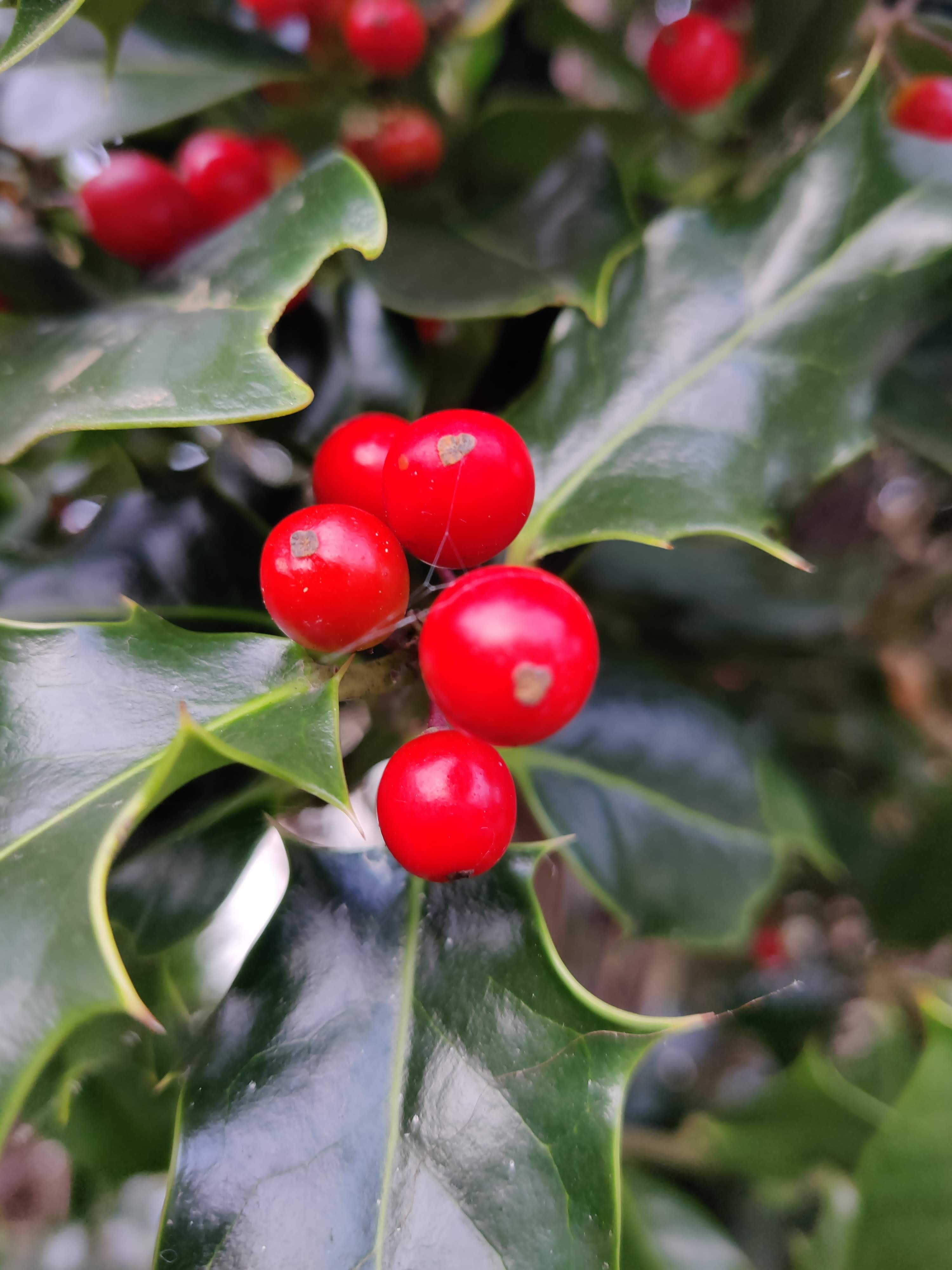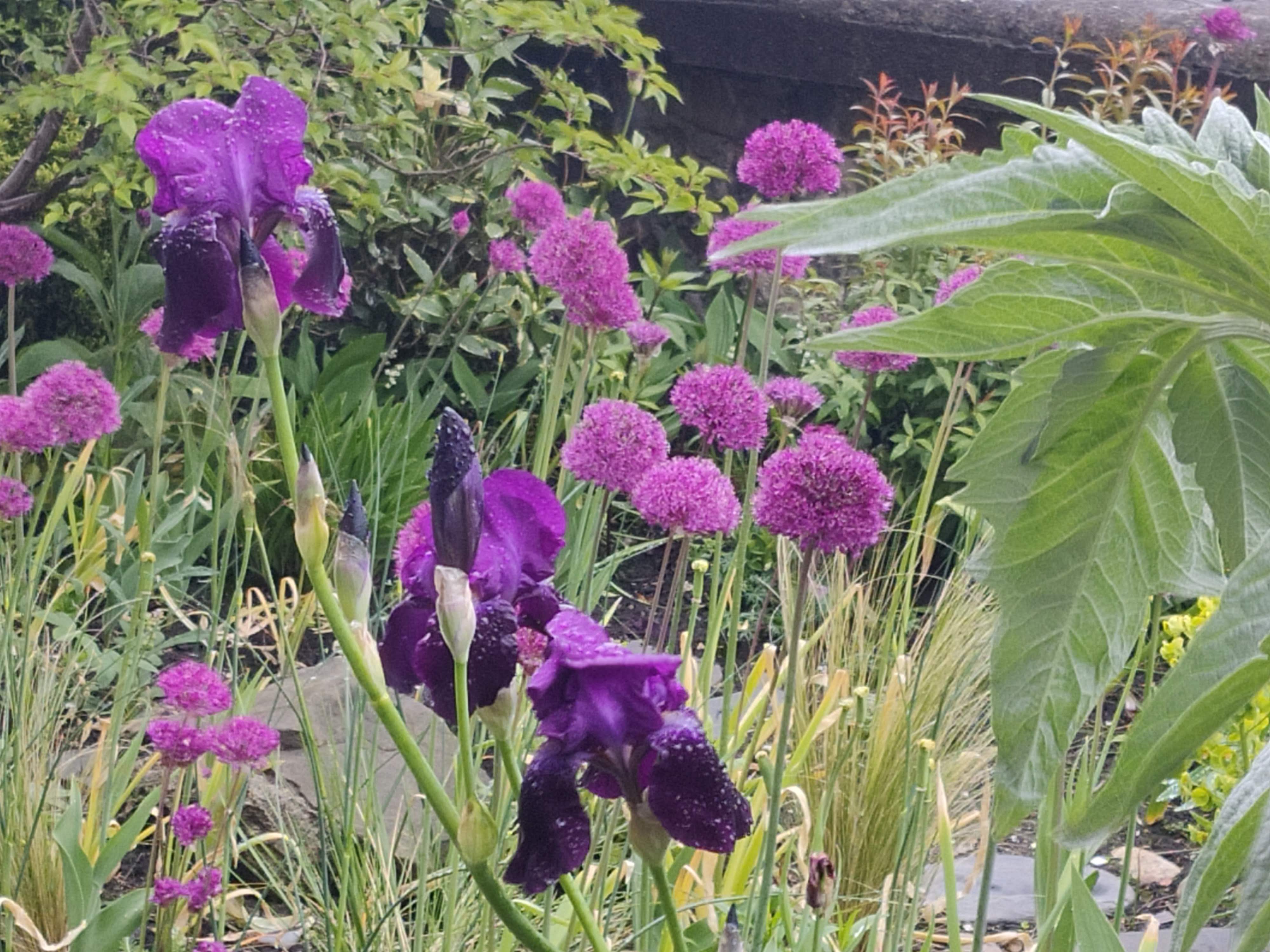Six Reasons to Plant a Hedge
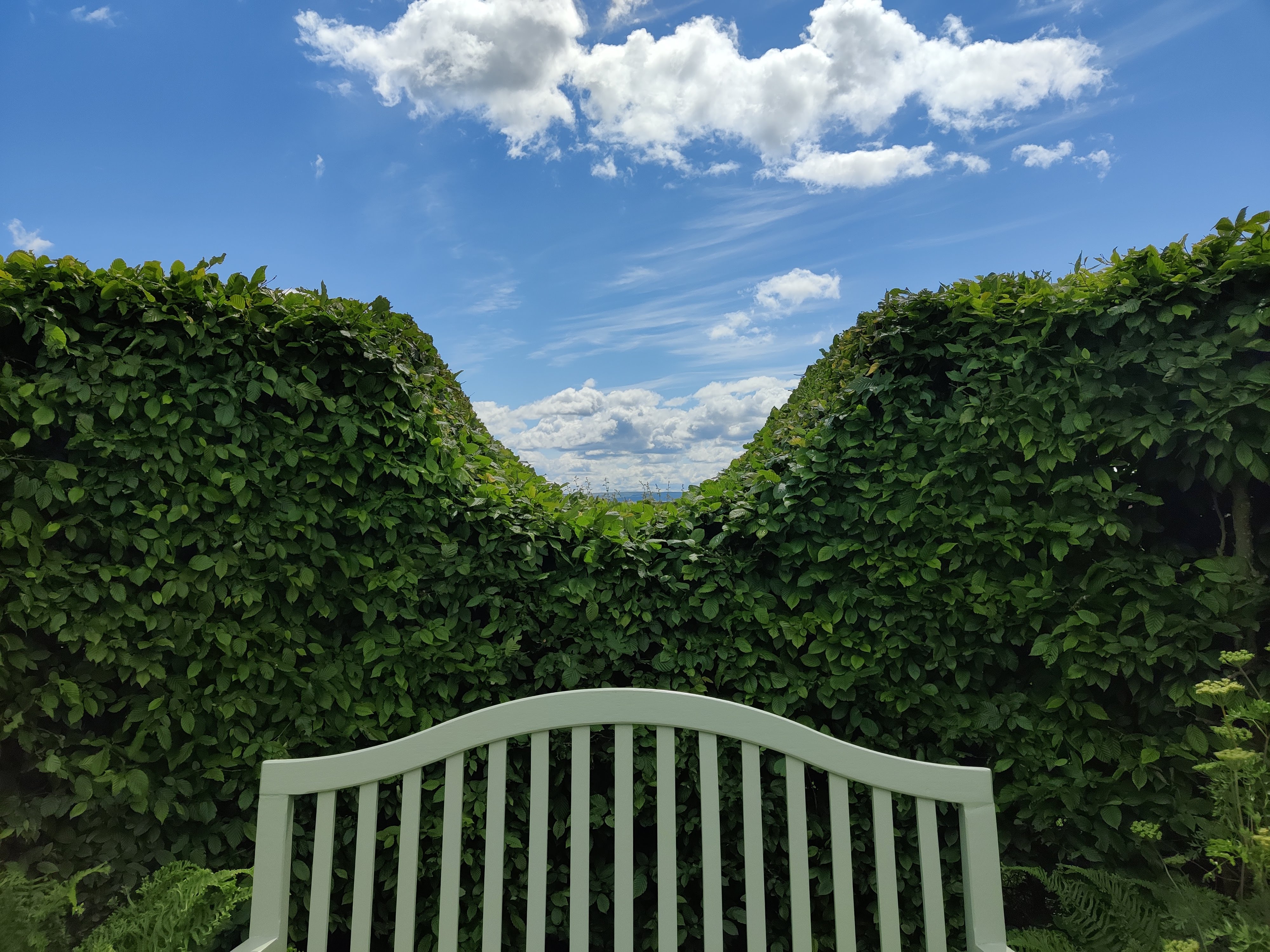
Hedging might not sound like the most exciting feature in the garden, but it’s one of the most useful and versatile.
From wildlife-friendly native hedgerows to neat, sculpted topiary, hedges can transform how your garden looks and feels.
They bring structure, privacy, and life to outdoor spaces.
Here are six good reasons to plant a hedge in your garden.
1. Screening and Privacy
Hedges are ideal for creating a sense of privacy between you and your neighbours or for screening your garden from the road.
Pleached trees are another great option for a stylish green screen.
Think of them as a hedge on stilts – they offer height and elegance without needing planning permission.
A living screen feels softer and more natural than a fence and will look good all year round.
2. Cleaner Air and Less Pollution
Traffic pollution is a growing issue, especially in towns and cities.
Research from the University of Surrey (external link) shows that hedges can reduce exposure to airborne pollutants and carbon by up to 63 per cent.
Planting a hedge along a boundary can help filter fine particles from the air, improve air quality, and make your garden a healthier space to enjoy.
3. A Haven for Wildlife
A mixed hedge is one of the best ways to support wildlife. Birds nest safely among the branches, insects find shelter, and hedgehogs use hedges as green corridors to move between gardens.
In urban and suburban areas, these living boundaries are essential for maintaining biodiversity and connecting fragmented habitats.
4. Wind Protection
Hedges naturally slow down strong winds and create a more sheltered garden.
This is especially useful in exposed coastal or rural areas of Scotland, where wind can cause damage.
Unlike a fence, a hedge filters the wind rather than blocking it, making it more resilient to stormy weather.
5. Garden Zoning and Design
Hedges are a brilliant tool in garden design.
They define spaces, introduce structure, and make the garden more interesting to explore.
Use them to hide compost bins, frame seating areas, or divide your garden into zones so that each space reveals itself gradually.
Low, evergreen hedges can also add a sense of formality and help guide the eye through the garden.
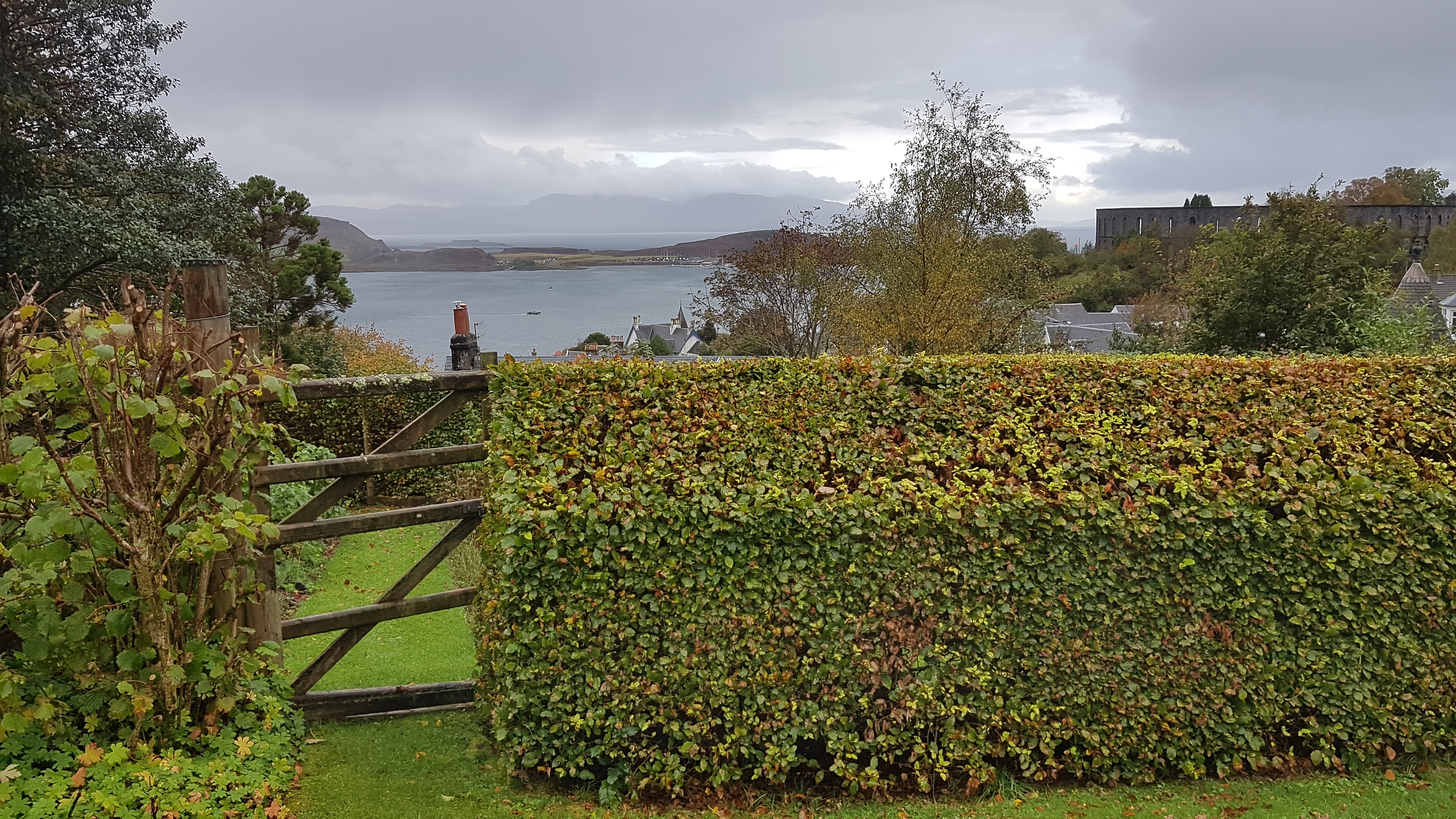
6. Natural Security
For a more secure boundary, a spiky hedge is an effective deterrent.
Prunus spinosa (Blackthorn), Pyracantha, or even wild roses form dense, thorny barriers that are both beautiful and functional.
A living hedge provides privacy, protection, and seasonal interest all at once.
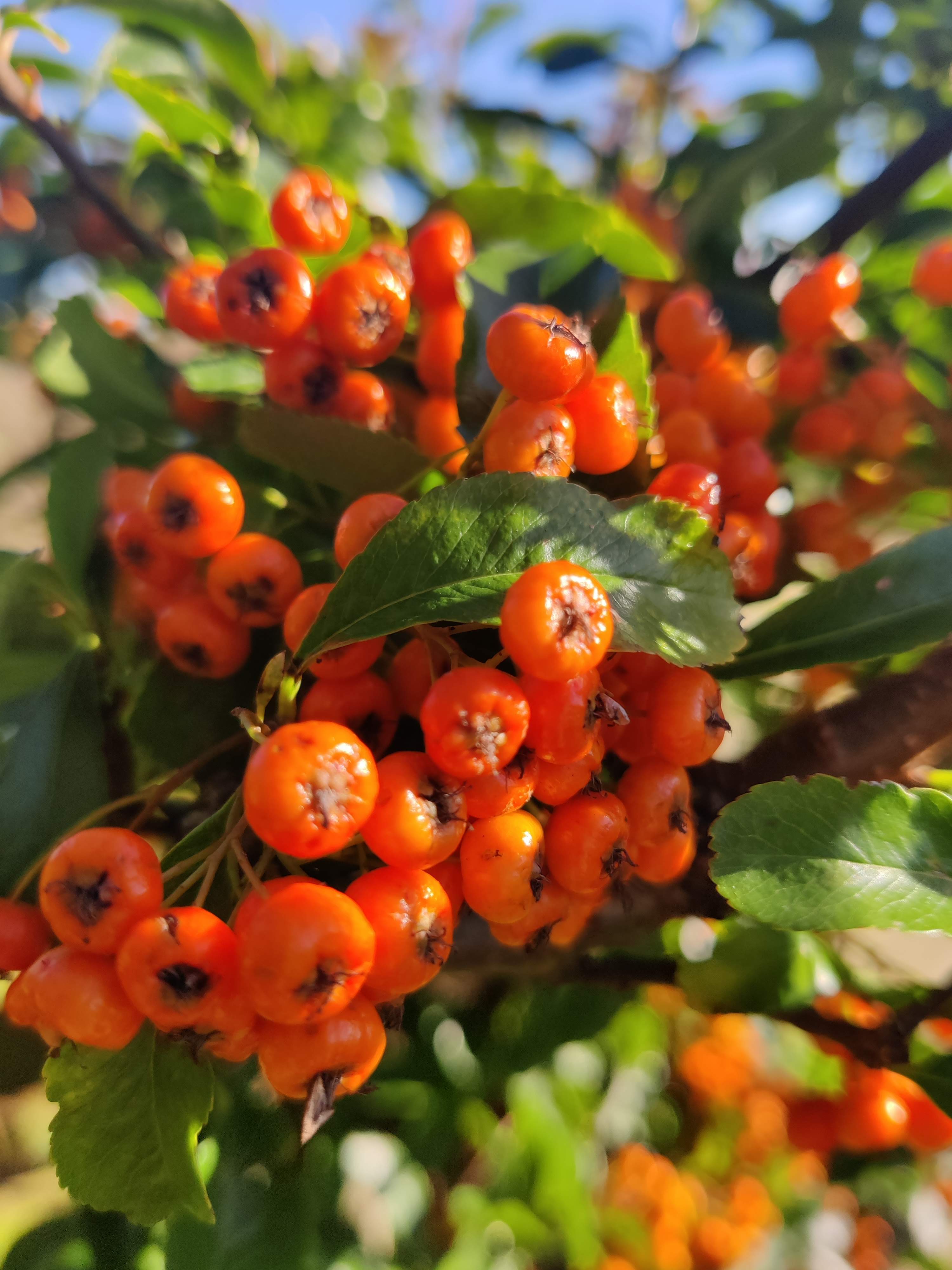 Pyracantha
Pyracantha
Choosing the Right Hedge for a Scottish Garden
There’s a hedge for every setting and style – evergreen, deciduous, flowering, tall, or compact.
Here are a few reliable options for Scottish gardens.
Evergreen Hedges
Taxus baccata (Yew) – a timeless hedge that’s slow-growing, hardy, and elegant.
Ligustrum ovalifolium (Privet) is a classic choice that’s easy to maintain and recovers well from pruning.
Other evergreens include Photinia (with glossy red leaves) and Laurus nobilis (Laurel) for a big hedge with glossy leaves
For smaller gardens, try Euonymus ‘Green Spire’ as a neat, disease-resistant alternative to box.
Rosmarinus (Rosemary) and Lavandula (Lavender) can also create lovely scented hedges in sunny, well-drained spots.
Deciduous Hedges
Fagus sylvatica (Beech) is a favourite across the UK because it keeps its coppery leaves for most of the winter before new growth appears in spring.
Carpinus betulus (Hornbeam) is similar but slightly tougher, making it ideal for colder or wetter parts of Scotland.
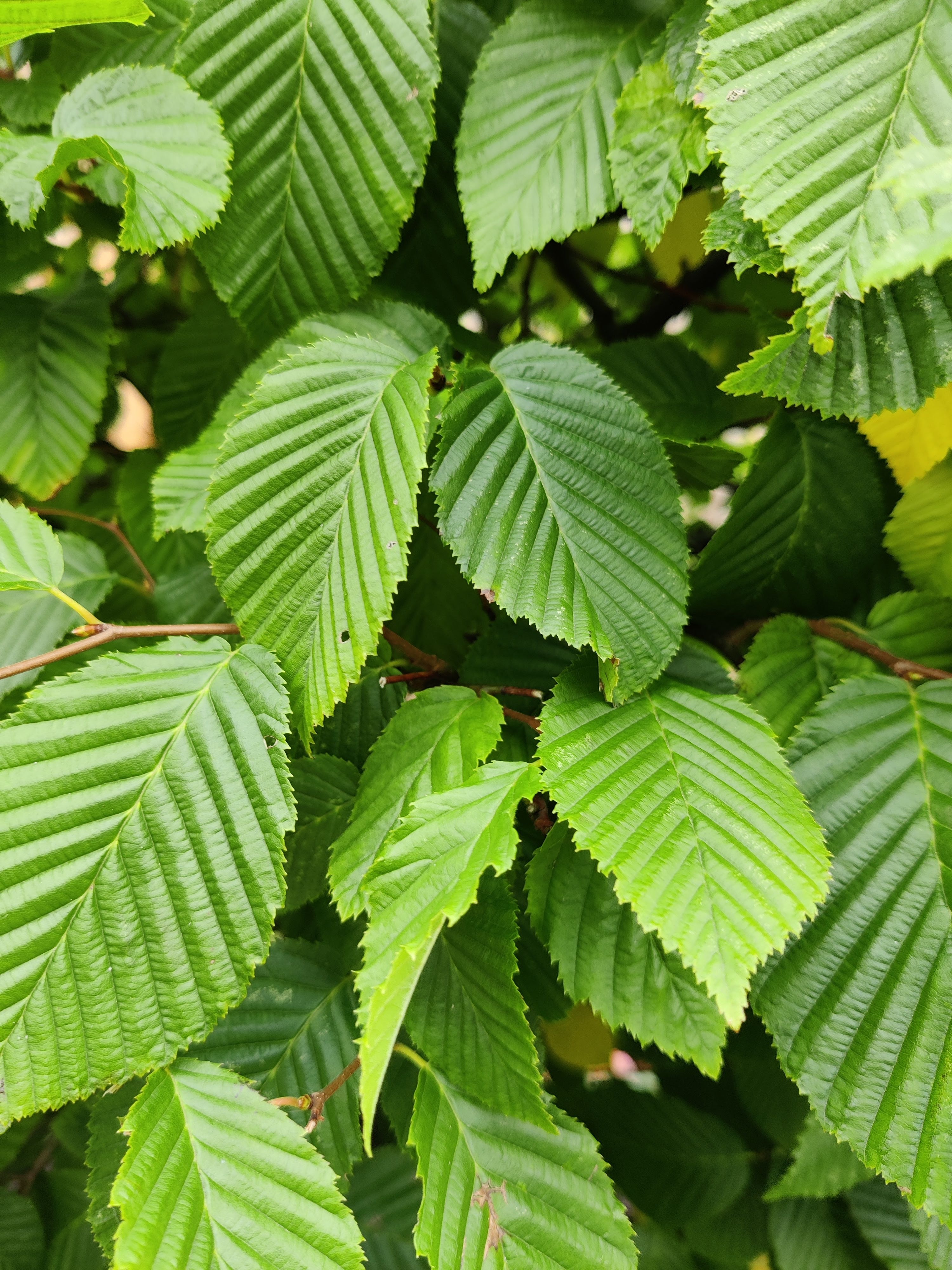
Flowering Hedges
If you prefer colour, Escallonia, Ceanothus and Pyracantha are excellent evergreen options that flower beautifully.
Pyracantha has white blossom in summer and bright berries in autumn that birds love.
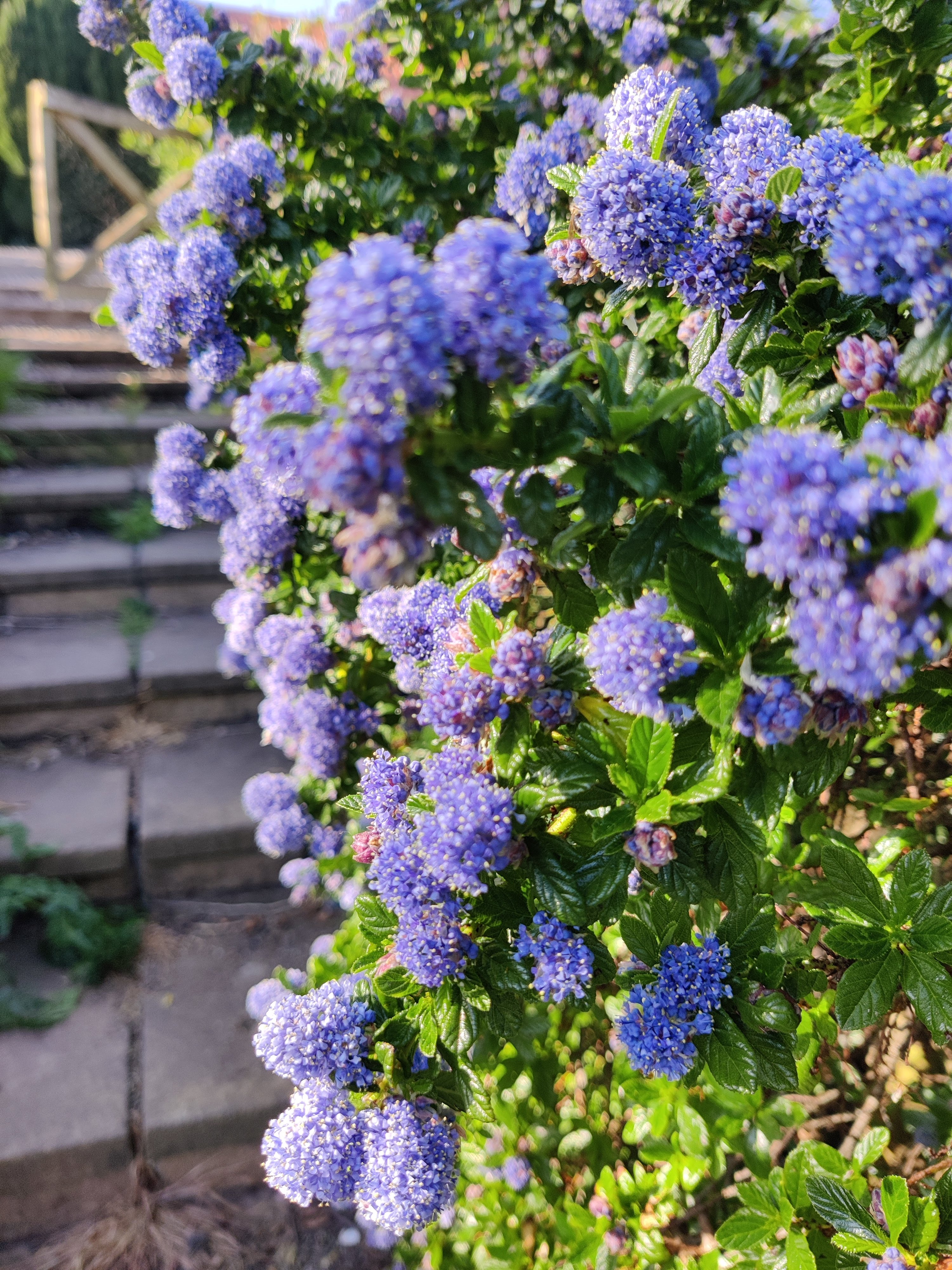 Ceanothus
Ceanothus
Fuchsia magellanica produces striking red and purple flowers through summer and thrives in milder coastal regions.
Wildlife-Friendly Hedges
Crataegus monogyna (Hawthorn) is a traditional British hedgerow plant with pretty white blossom in May and red berries in autumn.
To create a wildlife-friendly mix, combine hawthorn, rosehip, blackthorn, and holly.
The variety will provide nectar, berries, and shelter throughout the year – and look lovely in every season.
Structure and Seasonal Interest
Good garden design isn’t only about statement features; it’s about structure.
A well-placed hedge gives the garden backbone, shaping the space and providing interest even in winter.
In a Scottish garden, where seasons can be unpredictable, structure is what keeps the design working all year round.
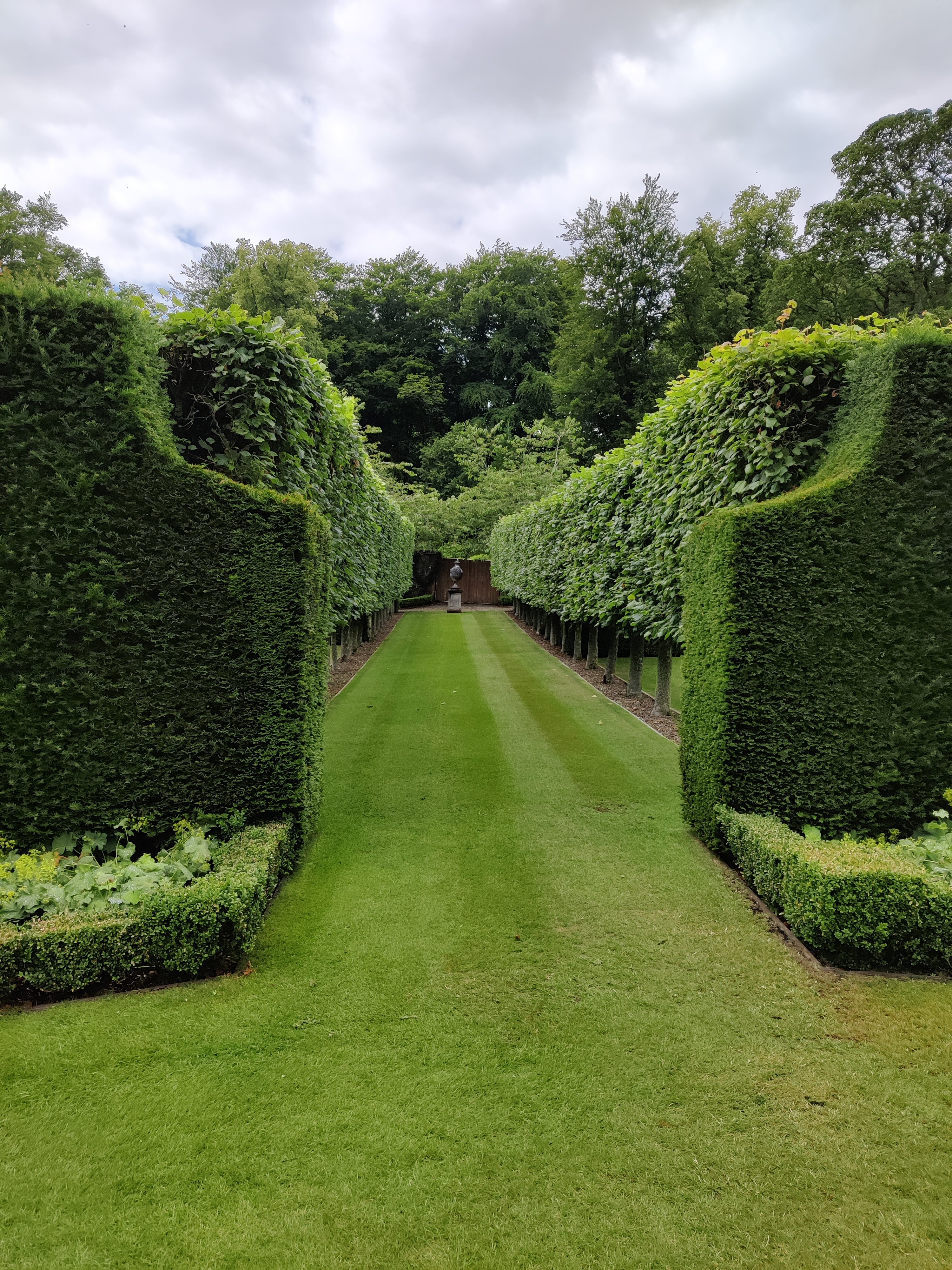
Planting a Hedge
Autumn and winter are the best times to plant a hedge using bare-root stock.
It’s affordable, environmentally friendly, and ideal for establishing strong roots before spring.
If you prefer instant results, mature hedging is available from specialist nurseries, though it comes at a higher cost.
When planting, ensure good soil preparation and consistent spacing for even growth. Water well through the first season and mulch to retain moisture.
Final Thoughts
Whether you’re looking to add privacy, attract wildlife, or give your garden a stronger design framework, hedges are a timeless solution.
They bring structure, beauty, and biodiversity – all while supporting a more sustainable landscape.
So if you’re planning improvements to your Scottish garden this year, it might just be time to plant a hedge.


